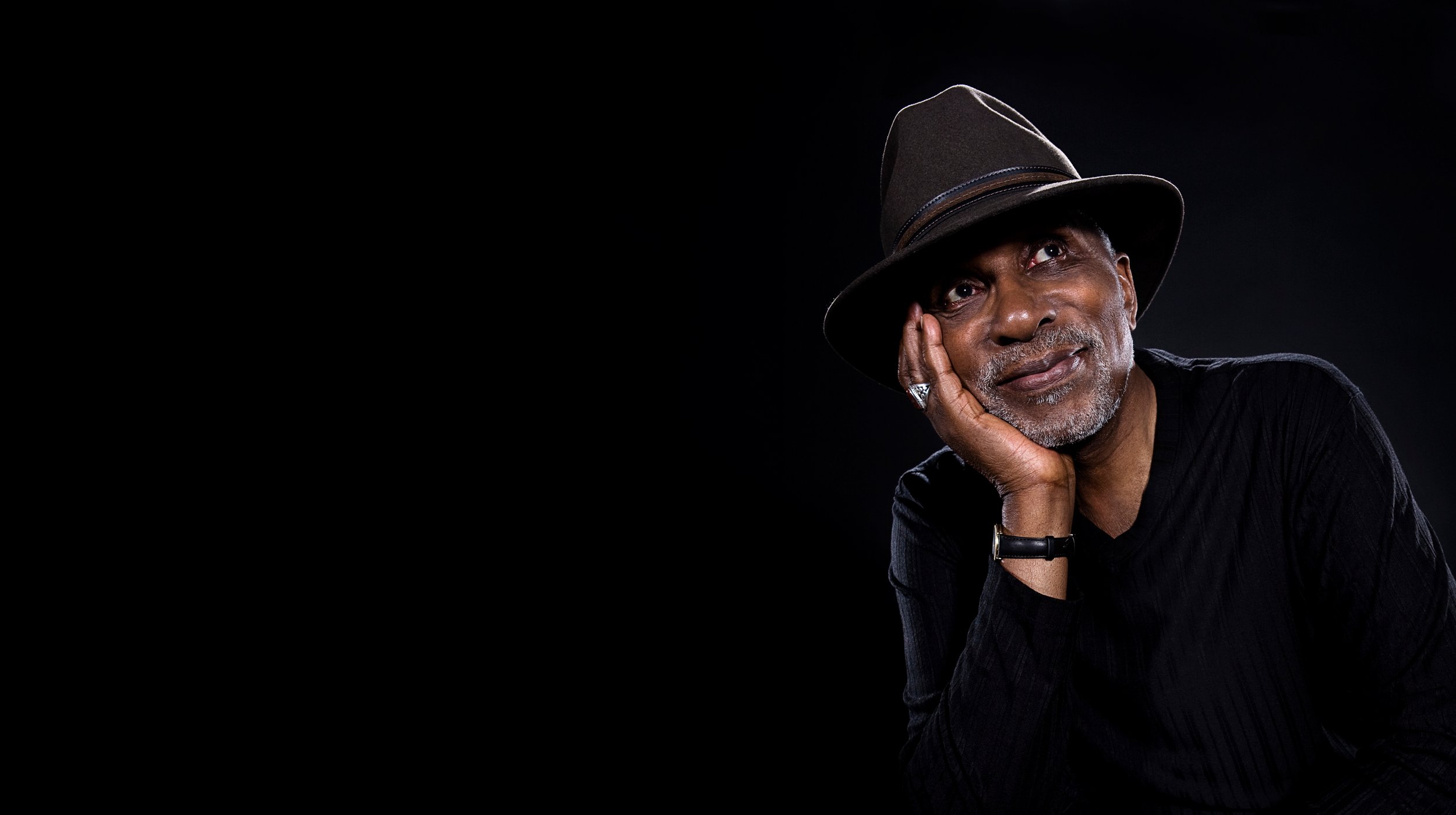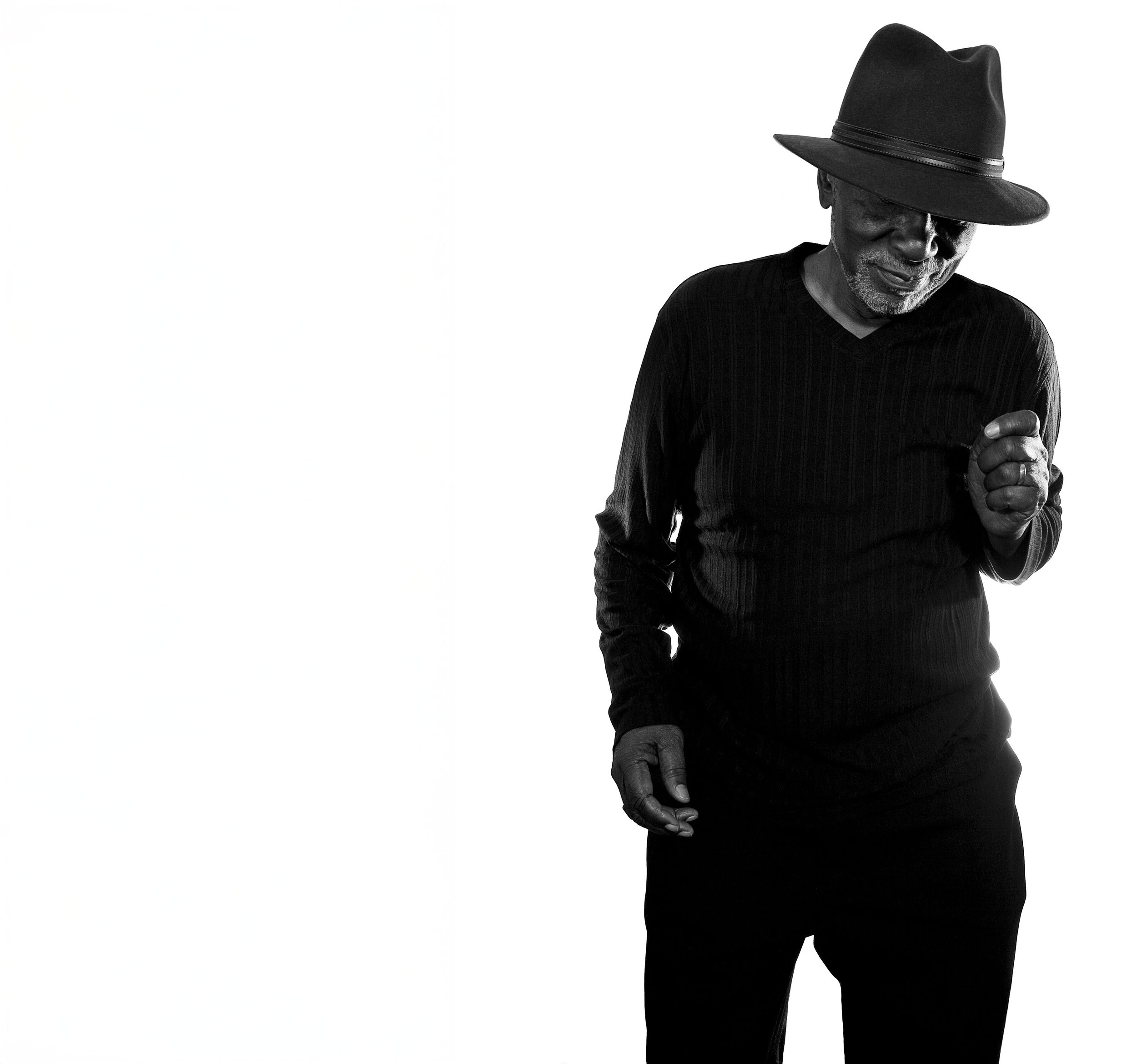
The music of San Francisco Bay Area vocalist Ed Reed

The music of San Francisco Bay Area vocalist Ed Reed
DownBeat Critics Poll (2014)
Rising Star Male Vocalist
DownBeat Editors Picks:
Born to Be Blue (2011)
I’m a Shy Guy (2013)
Jazz Journalist’s Association
2011 Local Jazz Hero Award
“Mr. Reed sings in a dark-mahogany baritone with careful diction, evoking the midcentury styles of Billy Eckstine and Nat King Cole. He inhabited the stage with casual flair.”
—Nate Chinen, New York Times
“The most singular odyssey of a once-lost soul is that of vocalist Ed Reed, who at age 78, in 2007, made his very first recording ... If you never give up, it's a strangely, sometimes revivingly, unpredictable world. Like jazz itself — and Ed Reed.”
—Nat Hentoff, Wall Street Journal
Ed on Ed
Growing up in Watts, California in the 1930s and 40s provided a rare musical learning environment. I was in high school talent shows with “Little Esther” Phillips and Bobby Nunn of the Coasters. I learned to sing chord changes from the man who would become jazz master Charles Mingus while he was minding his sister’s kids across the street from my house.
Alienated by teachers who wanted me to go to shoe shop when I wanted to study debate, I left high school before graduation and joined the Army where I became addicted to heroin.
I served four stints in San Quentin and Folsom prisons on drug-related charges. I think, partly due to my love of jazz, I was able to survive those ordeals. In two of my incarcerations, I was a featured singer in the warden’s show performing with an inmate big band with Art Pepper soloing on all of my tunes. When I wasn’t doing time, I did many “open mikes” with jazz greats like Wardell Gray, Art Farmer, Hampton Hawes, Dexter Gordon, and others.
I had been singing all my life, and yet, I had never consciously thought of myself as a singer until I met Ralph Bravo in the late 50s.
Ralph was playing guitar in the park to a small group of people standing around listening to him. I was thunderstruck by the sound he was getting from that instrument. Ralph was a guitar player — unlike any I had ever heard.
I had always loved the sound of jazz guitar more than any other instrument. I listened to guitar recordings with an analytical and critical ear, I think I hear harmonics more distinctly when played on the guitar than any other instrument. I knew Charlie Christian’s sound after hearing the first note. I knew every note of Grant Green, Tal Farlow, and Barney Kessel solos. I never got enough of Billy Bauer or Johnnie Smith or Django Reinhardt.
From my earliest memories, I had secretly dreamed of making music with a great guitarist. Now, here was Ralph playing chorus after beautiful chorus of Embraceable You with echoes of Charlie Parker played in a way I had never heard before. Each chorus was different, sometimes very subtly different, and the next chorus would be a huge variation, but still unmistakably Bird’s “Embraceable You.” Without thinking I started singing along. As I sang, he played new variations — harmonically and rhythmically never the same — that old tune became an adventure. Ralph looked at me with a huge smile on his face.
Recalling that moment, I think that smile gave me my first permission to think of myself as a singer. I got to spend many hours with that great player, for which I’ll always be grateful.
Learning tunes in prison was a strange, even bizarre process. We jazz lovers were really hungry for new music and the radio was our only access to it. Every week we were given only one-half hour to listen to jazz on the radio. So we developed a process to collectively learn new tunes.
Whenever we heard something unfamiliar that we liked, each of us — often up to 20 of us — learned as much of the tune as possible. The next day we would meet in the yard with a guitarist and painstakingly attempt to put the fragments of melody, chords, and lyrics together. Sometimes it took several months to re-create a single tune.
In 1986, after 40 years of drug addiction, I finally got into a program of drug and alcohol recovery, which led me to the “day job.” I love program planning, development, training, and creating a successful health education lecture series I call: The Art And Practice Of Living Well. This work is as important to me as music. The lecture series has been a positive influence on hundreds of people. For me that work is all about joy and appreciation of our individual gifts.
My first CD was a long time coming. I had the privilege to make that recording with a remarkable ensemble of New York and Bay Area musicians. The second CD came relatively quickly, a year later, recorded with a richly diverse group of New York musicians, including a guitarist and violinist. Life has been good to me! We think these records are pretty special. The songs are some of the most beautiful I have ever known. Most of them have haunted me since I first heard them many years ago. I am so pleased to be able to share my rendition of these wonderful tunes with you. I hope you enjoy listening to them as much as I do singing them.
—Ed Reed (2007)
Albums
Video
There is Nothing Wrong With You
Ed Reed & Lucas Hahn
TEDxSantaCruz
After spending 16 years on and off in prison for non-violent drug offenses, and 40 years as a heroin addict before getting into recovery, Ed Reed finally figured out that self-love was the key to self-awareness.
Ed Reed Trio Live at Dizzy’s
This 2015 performance features Ed live at Dizzy’s Club at Lincoln Center in New York, accompanied by pianist George Cables, bassist Ugonna Okegwo, and drummer Akira Tana.
For more videos of Ed’s performances, please visit his YouTube channel.
Ed Reed, Jazz Singer
Richard Bock (2009)
This 18-minute documentary blends footage of an Ed Reed performance at Anna’s Jazz Island in Berkeley, CA, with Ed discussing his life and music.
Interviews
Ed was featured on episodes of Marian McPartland’s Piano Jazz in 2008 and Jason Crane’s The Jazz Session in 2012. You can listen to the full episodes at the links below.

“I love to come into a room with great players and a listening audience and see what happens when we meet each tune as if it is brand new, with all of its possibilities lying in front of it. It seems as if even the tune itself awaits us anxiously to discover its new persona. Then we, the players, get to search it, seek it, play with it, and light it up like it has never been lit before. Then at the last note, the musicians and I grin at it like new parents and it can be so beautiful.”
— Ed Reed

“I love to come into a room with great players and a listening audience and see what happens when we meet each tune as if it is brand new, with all of its possibilities lying in front of it. It seems as if even the tune itself awaits us anxiously to discover its new persona. Then we, the players, get to search it, seek it, play with it, and light it up like it has never been lit before. Then at the last note, the musicians and I grin at it like new parents and it can be so beautiful.”
— Ed Reed






